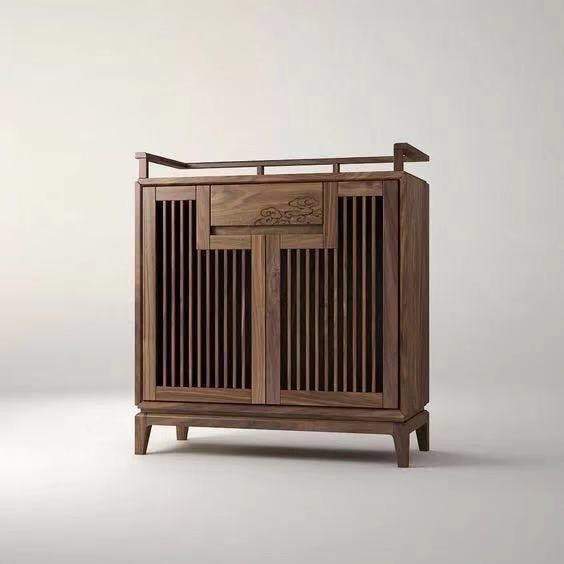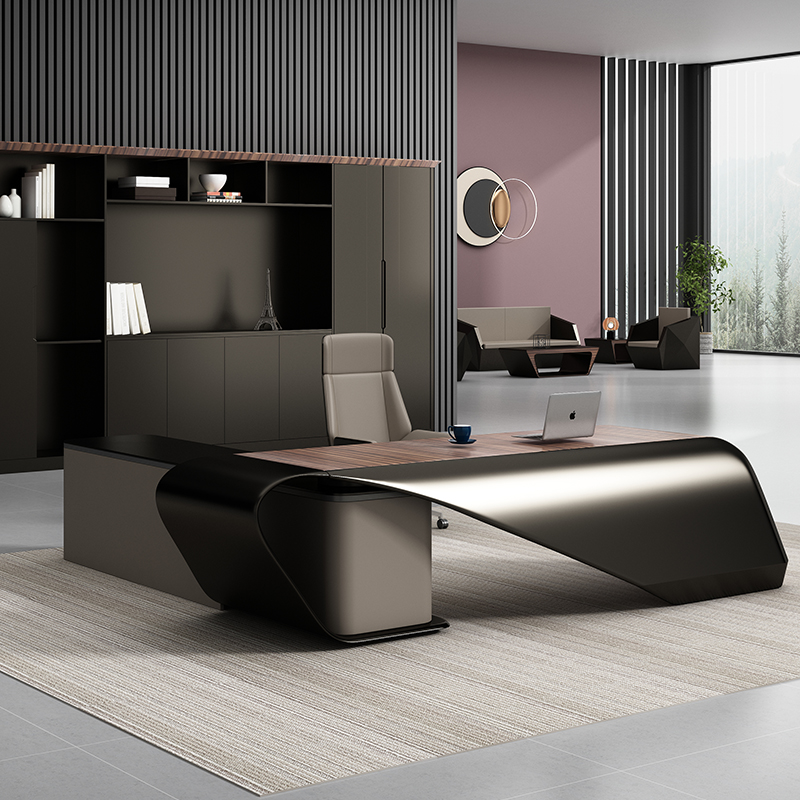This article will help you in assessing the customizations offered by a Chinese manufacturer of furniture like OPPEIN.
1. The Customization Range:
Begin by looking at the amount of customization that the manufacturer can provide. It includes choices for shapes, sizes and colors, as well as materials and finishes. A good manufacturer should provide an array of options to ensure their products will meet different design styles and functional needs. Get a catalog, or portfolio that showcases previously customized projects to get an idea of their capabilities.
2. Contact Us to Learn More about Design Flexibility
You can also check the manufacturer's flexibility when it comes to changes to the design. Are they willing to modify their design in accordance with the needs of clients? It's crucial to find a company that can accommodate modifications to the design, whether it's altering dimensions for a certain area or altering features to enhance performance. Consider your needs in detail and observe how they are able to accommodate you.
3. Browse Material Options
It is crucial to tailor the furniture, which includes the materials. You can customize a variety of materials, including laminates, woods and finishes. If you are aware of the variety of options available, you'll be able to choose the best options to meet your aesthetic requirements and functional requirements such as durability or water resistance.
4. Look at the options for color and finishes:
A furniture manufacturer that has the widest range of finishes and colors will help you achieve a unique style for your furniture. Get samples of their available finishes and colors, and be sure to request specific colors in the event of need. Quality finishes have a major impact on the look and the longevity of furniture.
5. Assess Design Software and Tools
Modern furniture manufacturers use software that lets customers visualize their custom order. Find out if the manufacturer have such tools to make the customization process interactive and effective. This technology can help you create and modify designs easily, providing a clearer picture of what you will end up with prior to production begins.
Check Out Previous Customized Projects
Find case studies or examples of prior custom projects executed by the manufacturer. It will let you know their capabilities and experiences dealing with custom orders. Note the diversity and complexity of their projects as well as the testimonials from clients regarding the design and quality of the final product.
7. Evaluation of Communication During Customization
Communication is crucial in the process of customizing. Check out how the manufacturer communicates with customers in regards to design options and timeframes. A responsive and transparent communication style can greatly enhance the customization experience, and ensure that your demands are recognized and met.
8. For Custom Orders, inquire about lead time:
Custom furniture could have a longer manufacturing time than conventional products. Find out the typical lead time for custom-made orders, and also if there are any requests that are urgent that are possible to accommodate. Understanding the timeframe is vital in planning your project. Especially in the event that the furniture you need has a specific deadline or event.
9. Understand the Ordering Process:
Be familiar with the custom furniture ordering process. From the initial discussion about design to the final approval and the production inquire about each step. A well-defined customizing process will ensure that you're capable of moving through the modifications with ease and ensure that all details have been captured.
10. Review After-Sales Support for Custom Projects:
The last thing to do is ask about the support provided by the manufacturer after sale especially with regard to custom-designed furniture. It includes the guarantee, replacement parts and support for any problems that might arise after the delivery. After-sales support is an indication of a company's commitment to quality and satisfaction.
In the end, evaluating customization options provided by the Chinese manufacturer such as OPPEIN is a comprehensive assessment of various aspects. These include design flexibility as well as the choice of materials and communication effectiveness. These tips can help you to make sure that your requirements and expectations are fulfilled by the manufacturer, which results in a positive and successful customized furniture experience. View the top best Italian kitchen brands for more examples including wardrobe closet with drawers, affordable kitchen cabinets, armoire wardrobe, cabinet shaker style, stand alone kitchen cupboards, luxury walk in closet, kitchen cabinet design, 2 tone kitchen, walk in closet design, closet ideas walk in and more.

Top 10 Tips For Evaluating The Lead Times And Production Capacity Of An Chinese Furniture Manufacturer
This guide will assist you in studying the production and lead time of an Chinese furniture manufacturer like OPPEIN. It is particularly useful when you're thinking about custom furniture such as kitchen cabinets and wardrobes.
1. Get a detailed schedule of production:
Start by requesting detailed production schedules from the manufacturer. Included in this will be a timeline for each step of the process, beginning with the sourcing of raw materials and concluding with final assembly. The timeline can help you to assess whether the capacity of their production is in line with the project deadlines. This will help ensure that they meet all of your requirements.
2. Inquire About Standard Lead Times:
You can inquire with the manufacturer about their standard lead time for different types of furniture. The lead times for furniture can be dependent on the complexity of the product, choices for customization, and also by the volume of orders. Knowing the average lead time for specific products will help you to gauge their ability and speed in fulfilling your orders.
3. Evaluate the capability to manage large orders:
If you're planning a large project, such a outfitting an entire hotel or apartment it is essential to determine the capacity of the manufacturer. Find out what their maximum capacity is for each line of products and determine if they are able to ramp up production in periods of high demand.
4. Know the effect of customisation on lead times.
The manufacturer's management of lead times could be affected by customisation. Therefore, it is vital to understand how they manage this. What is the amount of time required to produce custom orders as compared with regular products? Reliability and transparency can be demonstrated by a vendor who explains clear the effects of modifying products based on lead times.
5. Assess the level of flexibility involved in production scheduling.
A manufacturer should be able adjust production schedules as needed. Sometimes, timelines for projects change and manufacturers will need to be able to adjust quickly. A company that is able to accommodate delays in delivery or prioritize urgent order will be more likely accommodate changing demands.
6. Assess the efficiency of your workflows and processes:
Evaluate the effectiveness of the manufacturing processes used by the company. Ask about the manufacturer's workflow as well as the automation process and lean manufacturing practices. A company that uses efficient processes and modern technology is likely to be able to provide faster lead times and a greater production capacity. This will improve the overall experience.
7. Check the Backup Production
In the event of unforeseen issues such as equipment failures or disruptions in the supply chain, it's essential to understand what contingency plans are in made by the manufacturer. If they've got backup capacity for production or other material suppliers, ask them. A contingency plan for the manufacturer will help them to overcome unforeseen obstacles without negatively impacting the lead time.
8. Review Performance Metrics from the Past:
Find out from the manufacturer's the past performance in relation to production capacity and lead times. Included in this are figures like typical lead times for product categories, the rate of deliveries on time, as well as trends in production capacities. Examining these data will provide insight into their reliability and consistency over time.
9. Examine Communication During Production:
Communication is crucial throughout the entire process of manufacturing. Find out how the manufacturer keeps clients on the status and progress of their orders. This is especially important if there are any delays or modifications to delivery times. A clear communication channel between the manufacturer and customer will show their dedication to their service. This can help you establish expectations for your project.
10. Get references from previous clients
Finally, request references from previous clients who worked with the manufacturer for similar projects. Contact these clients and ask about their experiences with regard to lead times or production capacity. Positive feedback can provide an insight into the quality of the manufacturer as well as their capability to meet deadlines.
In the end, evaluating the lead times and production capacity of the Chinese furniture maker like OPPEIN requires an in-depth examination of production schedules, flexibility, process efficiency, and client feedback. The following tips will assist you make sure that the manufacturer you choose is able to meet your deadlines and requirements. Have a look at the top rated cabinet makers for site info including modern cabinets, kitchen cupboard near me, images of kitchen cupboards, buy kitchen cabinets, kitchen cupboard set, bedroom wardrobe closet, two tone kitchen cupboards, kitchen cabinets near me, style of kitchen cabinet doors, kitchen cabinet manufacturers and more.
